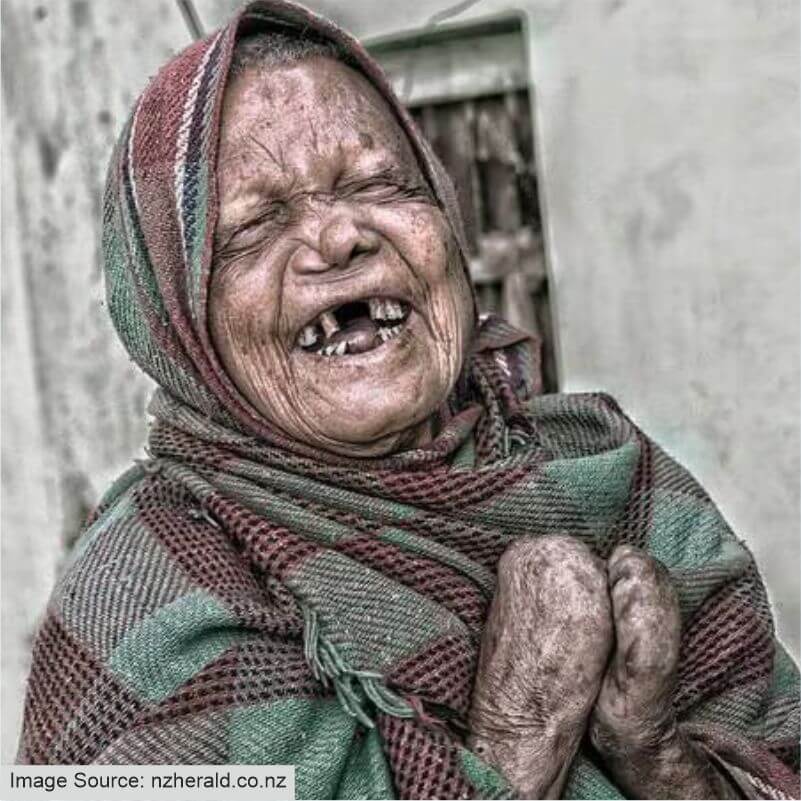According to the World Health Organization (WHO), “Leprosy is a chronic infectious disease caused by a type of bacteria, Mycobacterium leprae. The disease predominantly affects the skin and peripheral nerves. Left untreated, the disease may cause progressive and permanent disabilities.”
To create awareness about the disease, the last Sunday of January is celebrated globally as World Leprosy Day. However, in India, World Leprosy Day is celebrated on 30th January as it coincides with the death anniversary of Mahatma Gandhi.
Indian society has a history of stigmatising people with leprosy, due to superstition and fear-mongering. Mahatma Gandhi worked to improve the lives of leprosy-affecter people and eliminate the stigma around it. To honour him, India celebrates World Leprosy Day on his death anniversary.
Leprosy normally affects the skin, nerves, and mucous membranes (the soft, moist areas just inside the body’s openings).

The disease can cause skin symptoms such as:
- Discoloured patches of skin, usually flat, that may be numb and look faded (lighter than the skin around)
- Growths (nodules) on the skin
- Thick, stiff or dry skin
- Painless ulcers on the soles of feet
- Painless swelling or lumps on the face or earlobes
- Loss of eyebrows or eyelashes
Symptoms caused by damage to the nerves are:
- Numbness of affected areas of the skin
- Muscle weakness or paralysis (especially in the hands and feet)
- Enlarged nerves (especially those around the elbow and knee and in the sides of the neck)
- Eye problems that may lead to blindness (when facial nerves are affected)
Symptoms caused by the disease in the mucous membranes are:
- A stuffy nose
- Nosebleeds
The best way to prevent the spread of leprosy is the early diagnosis and treatment of people who are infected. For household contacts, immediate and annual examinations are recommended for at least five years after the last contact with an infected person.
According to WHO, Leprosy is diagnosed by finding at least one of the following cardinal signs: (1) definite loss of sensation in a pale (hypopigmented) or reddish skin patch; (2) thickened or enlarged peripheral nerve, with loss of sensation and/or weakness of the muscles supplied by that nerve; (3) microscopic detection of bacilli in a slit-skin smear.
Leprosy is completely curable. There are three drugs normally recommended for Leprosy: dapsone, rifampicin and clofazimine. The combination is referred to as multi-drug therapy (MDT). Treatment can last from six to twelve months. If Leprosy is left untreated, it can result in crippling of hands and feet, paralysis, and blindness.
Child Help Foundation is against all kinds of superstition attached to Leprosy. Child Help Foundation raises funds for children battling all kinds of diseases. If you know any child battling Leprosy, feel free to reach out to us.
Thank you for reading this blog. Make sure to keep checking this blog space for more such interesting blogs in the future. Please share this blog with all your friends and family members, to raise awareness about Leprosy.
